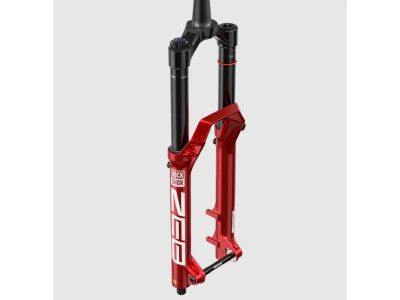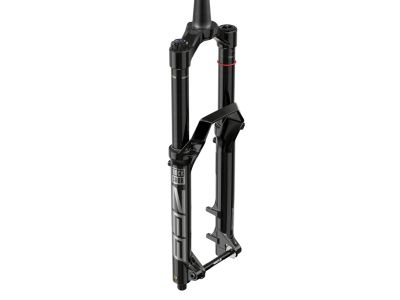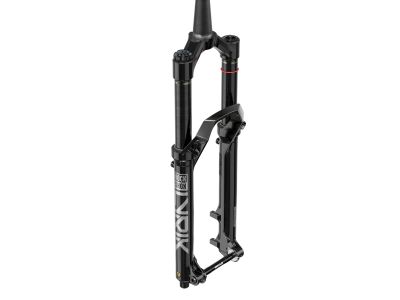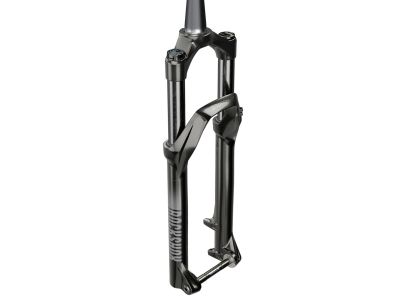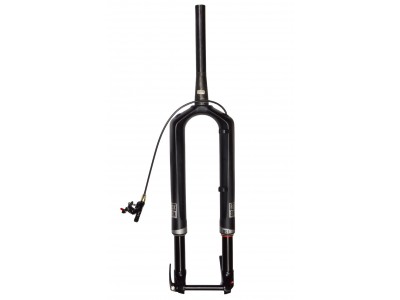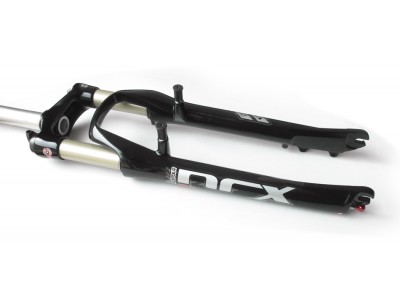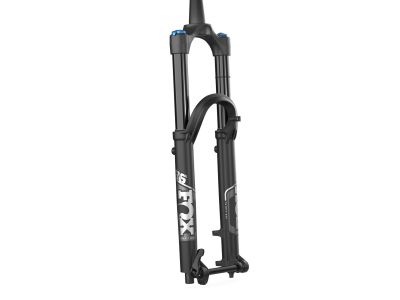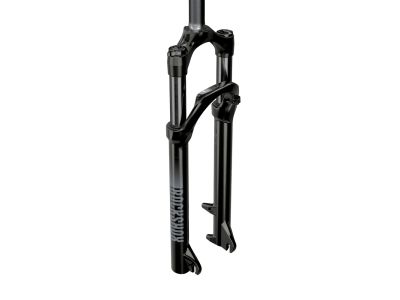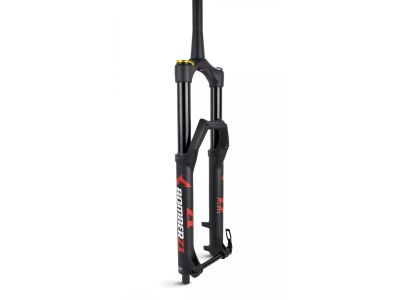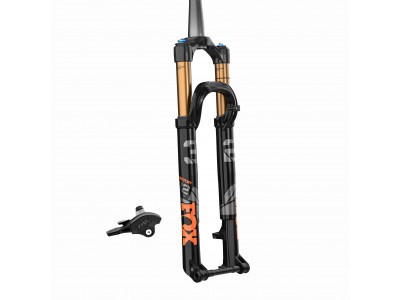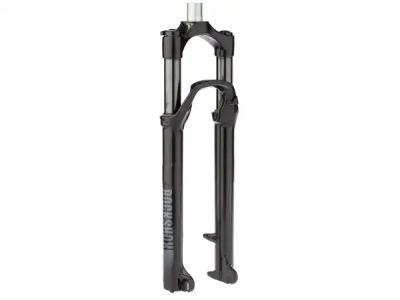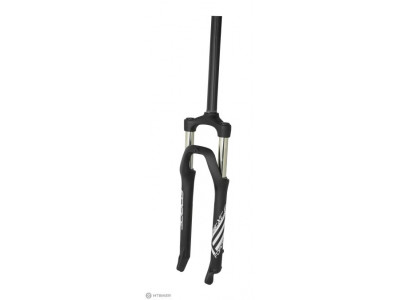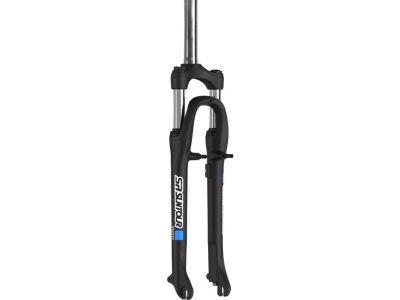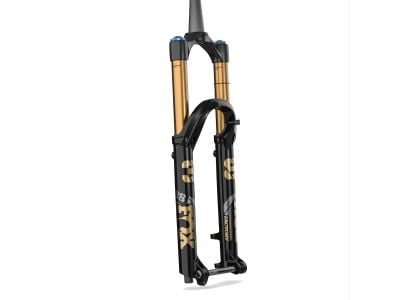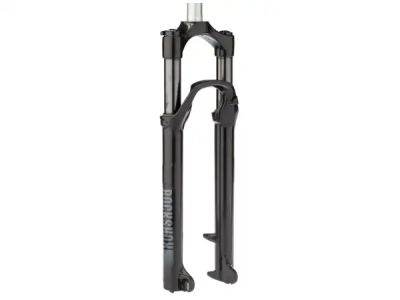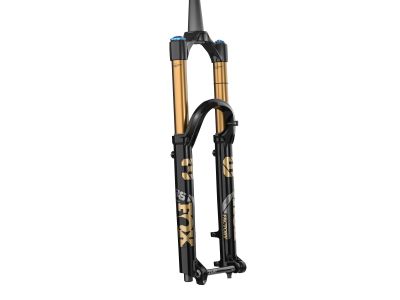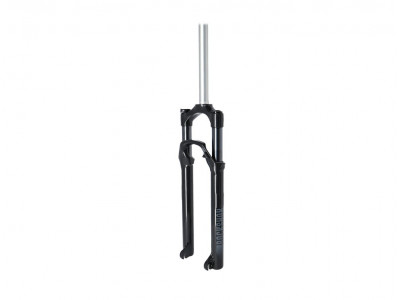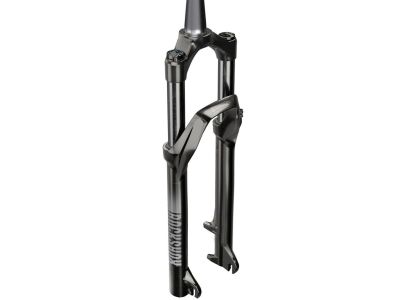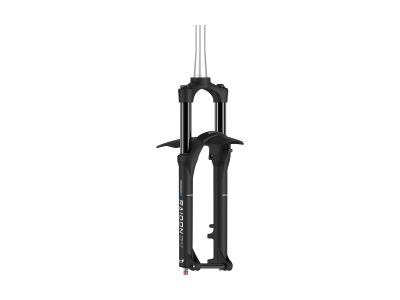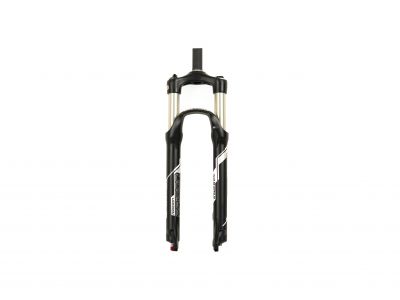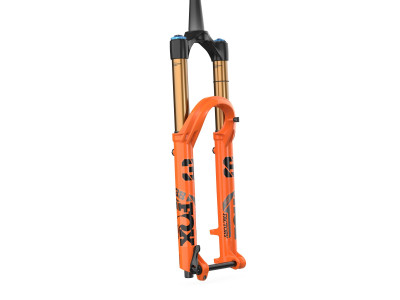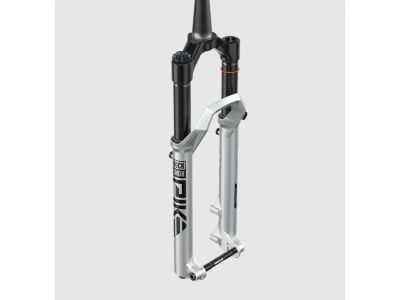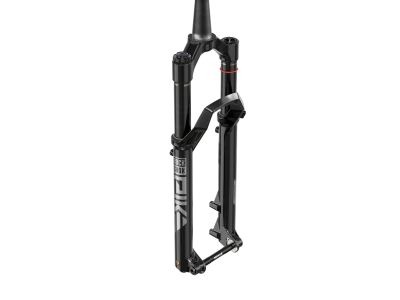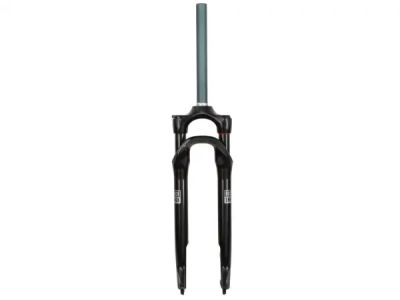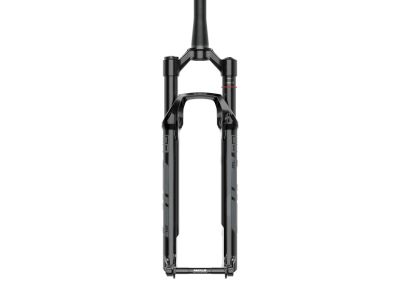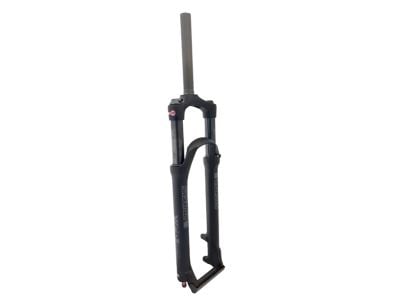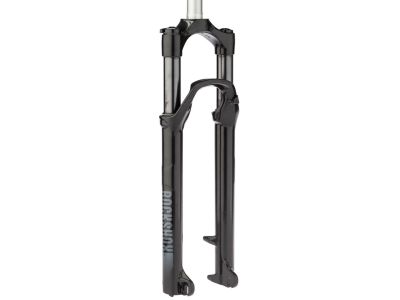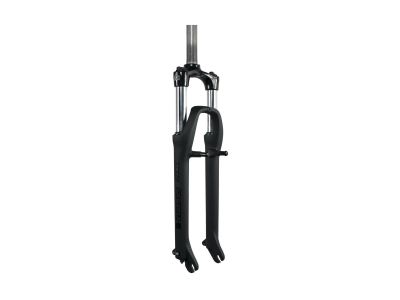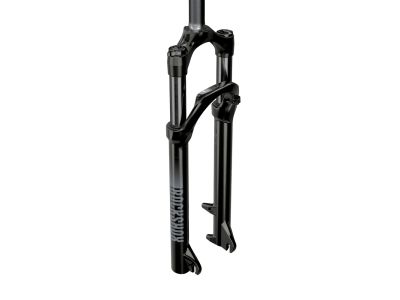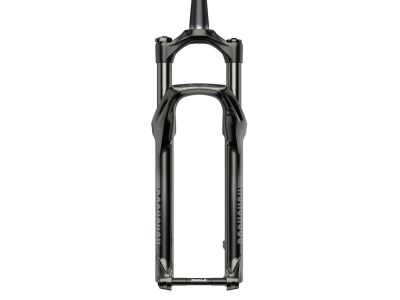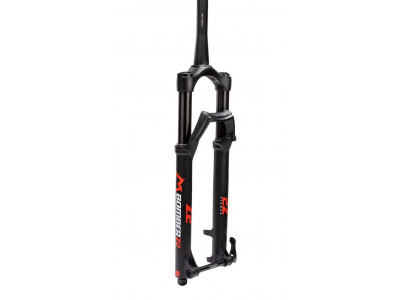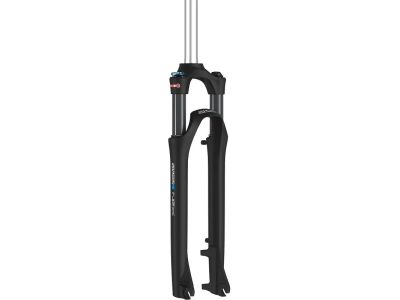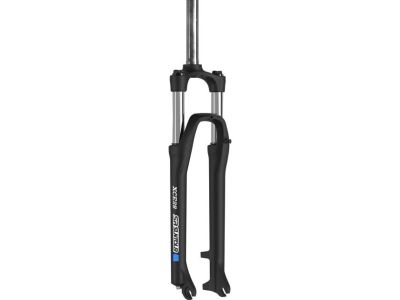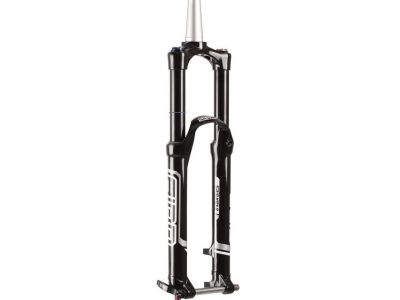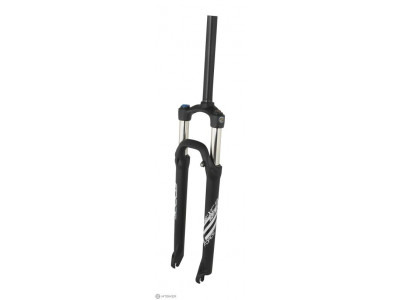Suspension forks are an essential part of mountain bikes that ride in difficult terrain. They absorb bumps and vibrations, allowing a more comfortable and controlled ride. Suspension forks also help improve traction and handling, allowing for a faster and safer ride.
There are many suspension forks available, each with their own unique features and benefits. The most important factors to consider when choosing a suspension fork include:
- Travel: The distance the fork can compress. More travel is generally better for rougher terrain.
- Suspension: The choice of suspension is very important in this case. There are two main types of springs used in suspension forks. Coil springs and air springs. Coil springs are more durable and cheaper, but air springs are lighter and more adjustable.
- Rebound: Rebound or “rebound control” controls the speed of the fork. This means that it will affect the speed of compression and rebound, or return the fork to its original position. Adjustable rebound allows you to adapt the fork to your riding style and the terrain you ride.
- Wheel size: The fork size must match the wheel size of your bike. Usually, forks are made for wheel sizes 26", 27.5", 29".
- Brake type: The fork must provide the ability to mount your type of brakes or adapter.
- Type of head structure: The neck of the fork must be compatible with your head structure.
How do I determine the correct fork travel for my bike?
Appropriate fork travel depends on factors such as riding style, type of terrain and bike model. Cross-country bikes typically have shorter travel (80-120 mm), trail bikes have medium travel (120-150 mm), and downhill bikes have long travel (150-200 mm and more). The stroke of the fork is also limited by the construction of the bicycle frame.
How do I adjust the “sag” on a suspension fork?
Sag is a figure that refers to the amount of compression of the fork under your weight when you are in a standard position on the bike. If you want to set sag, follow these steps:
- Prepare your bike: Make sure your bike is set to the correct tire pressure for your weight and terrain conditions. Also, make sure the suspension fork is properly adjusted to the recommended starting position (see manufacturer's instructions).
- Find a suitable place: Choose a flat and preferably hard surface, where you can easily balance the bike without any obstacles, and you can support yourself while sitting on the bike.
- Adjust the O-Ring: To accurately measure the dip of the fork leg, you will need an O-ring on the fork leg and a ruler. If you don't have an O-ring on the fork, use a cable tie, for example. Adjust the ring to the stop of the lower leg of the fork.
- Assume a riding position: Put on your riding gear, including a helmet, and get on the bike in a normal riding position. Feet should be on the pedals and hands on the handlebars. Find a stable point of balance when sitting on a bike with evenly distributed weight. If necessary, you can use a wall or a friend for stabilization.
- Measure the sag: Measure the distance between the O-ring and the lower leg of the fork. This distance represents the sag. It is the value of the dip from the total stroke of the fork. On most forks, a scale is shown on the upper leg, from which the sag can be read directly, and it is not necessary to calculate it from the total travel. The ideal sag is between 25-30%. It is important to note that different riding styles may have different recommended sag percentages.
- Air pressure adjustment: If the fork is equipped with air suspension, you can adjust the sag by changing the air pressure. Increasing the pressure will decrease the immersion, while decreasing the pressure will increase the immersion. That way you will reach the desired sag.


